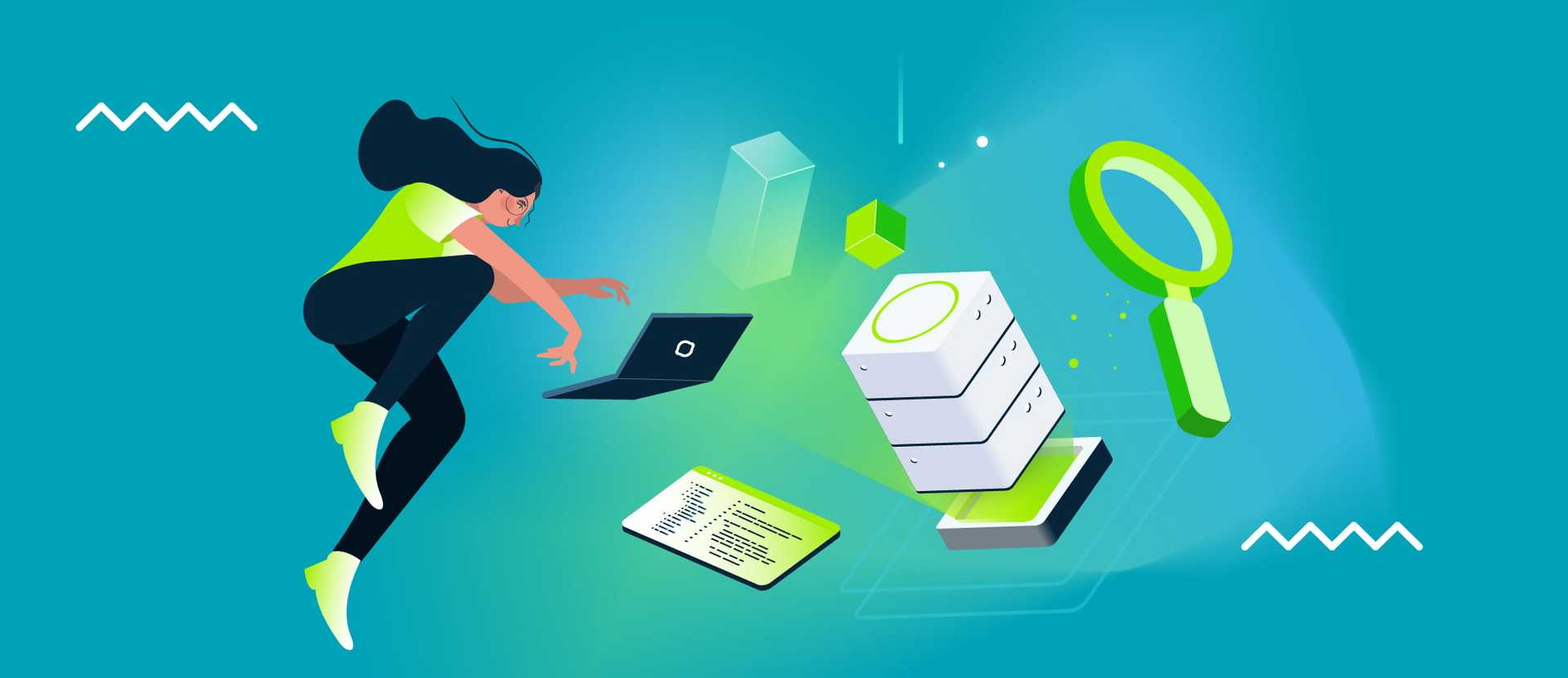[interview] How to use data to navigate complex systems better? Talking about monitoring and observability.
In today's constantly developing technological landscape, businesses are looking for solutions that help them manage complex systems and ensure optimal performance. However, although 90% of IT professionals believe observability is important and strategic to their business, only 26% said their observability practice was mature. Why this difference? What are the reasons why businesses don’t manage to implement monitoring and observability at a high level? In this interview, we explore the significance of monitoring and observability - our guests Edyta Kałka, Senior Engineering Manager, and Maciej Manturewicz, Director of Engineering, will share their insights, real-world experiences, and opinions on how to create effective monitoring and observability solutions.










![Thumbnail of an article about [interview] How to use data to navigate complex systems better? Talking about monitoring and observability.](/static/2db7d0654017de20845c9e718795628a/ba756/monitoring-and-observability-interview-thumbnail.png)


